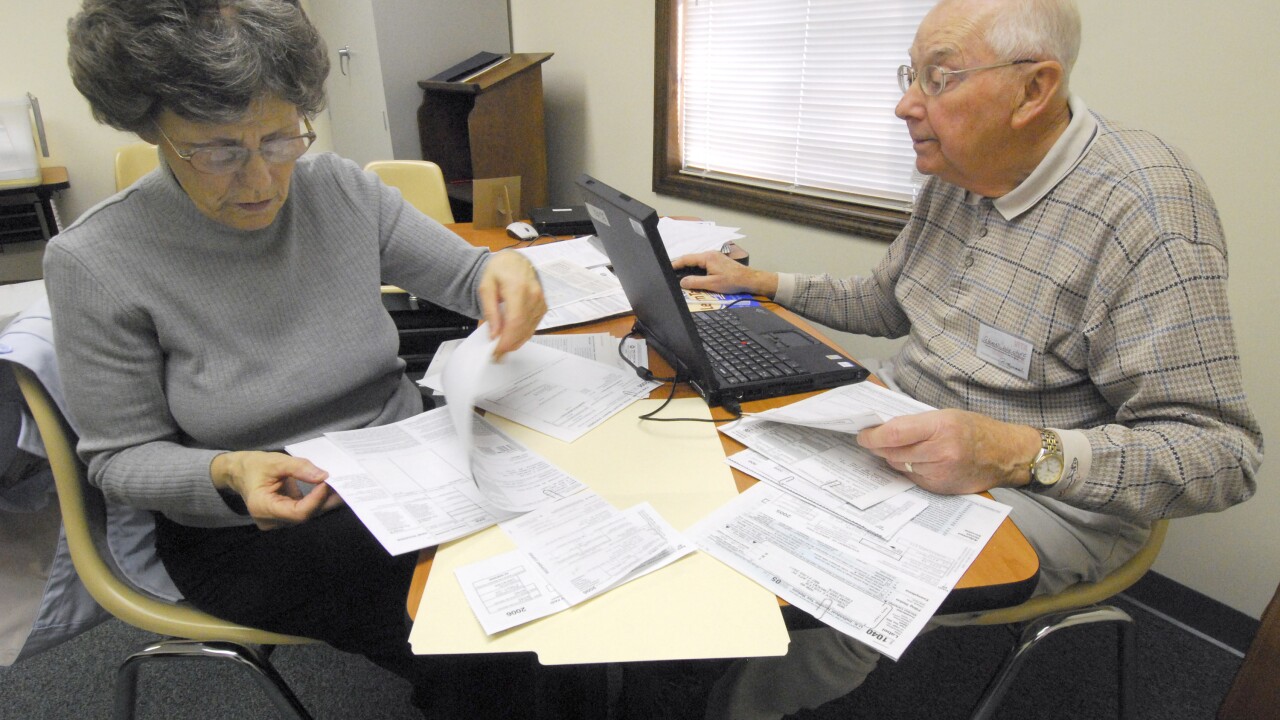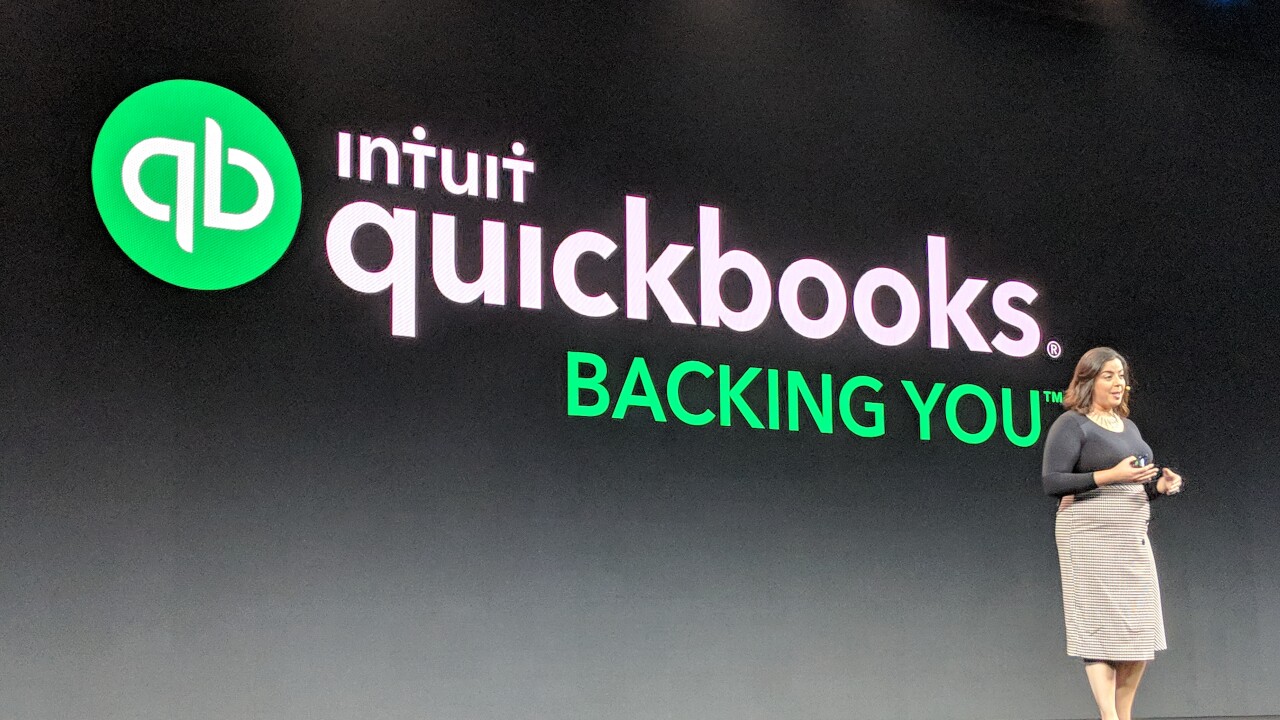For investment property owners, the first and last concern in a Sec. 1031 exchange transaction should be safety. "Will my funds be secure?" is the most important question to ask a qualified intermediary before beginning a Sec. 1031 exchange.Recent events by a handful of disreputable qualified intermediaries have led to speculation on what is the true litmus test for security of funds in a 1031 exchange. In response, a few QIs and pundits have generated a rash of propaganda and half-truths.
WHY USE A QI?
Safe-harbor rules prohibit investment property owners from possessing or accessing funds generated from the sale of relinquished property in 1031 exchanges. Instead, a qualified intermediary must hold sale proceeds. Additionally, investment property owners are prohibited from using their own attorney, CPA, agent, realtor or any other related party as a QI. The 1031 exchange proceeds must be handled by an independent, third-party QI.
The QI industry is virtually unregulated in 48 of the 50 states. Anyone can call themselves a qualified intermediary. Thus, in the past decade, some disreputable people entered the QI industry. Mismanagement and malfeasance resulted in a handful of high-profile bankruptcies and restructurings by such QIs.
Adding insult to injury, investment property owners whose QI failed in the midst of an exchange were faced with not only losing their sale proceeds, but also being held liable for taxes on the gain from the sale of the relinquished property.
ARE THE FUNDS SECURE?
How does an investment property owner determine if their funds will truly be secure during a 1031 exchange? Currently, there are a few popular methods used by QIs to assure complete security. Each has advantages and drawbacks.
A Segregated accounts. The first level of so-called protection is the establishment of segregated accounts. Instead of commingling exchange funds held by the qualified intermediary, some qualified intermediaries "segregate" client funds in separate bank accounts.
Touted as the ultimate protection, security of funds in segregated accounts is an illusion. Regardless of FDIC protection, segregated accounts do not receive any protection from failure, dishonesty or bankruptcy on the part of the QI.
If a qualified intermediary files for bankruptcy, each deposit-holder in the midst of a 1031 exchange with that QI is classified as an unsecured creditor under the U.S. Bankruptcy Code. That is the very bottom rung of priority on the ladder of payouts from the bankruptcy trustee. In cases of bankruptcy, unsecured creditors typically receive pennies on the dollar of lost sale proceeds. Indeed, one QI that recently filed for bankruptcy had "segregated" accounts that did not preserve the investment property sale proceeds (exchange funds) after the bankruptcy filing.
A FDIC insurance. Federal deposit insurance -- capped at $100,000 -- is also publicized as a source of protection for exchange funds. Though the FDIC recently raised insurance limits in April 2006, the new cap applies only to certain types of accounts, such as traditional accounts, Roth IRAs and self- directed Keoghs -- but not 1031 exchange funds. Also, the $100,000 insurance coverage provided is "per depositor." Most QIs will title accounts in their own name to meet federal rules that restrict investment property owners from having access to exchange funds.
Thus, in cases of malfeasance or bankruptcy, the $100,000 insurance provided by the FDIC is shared equally by all for whom the qualified intermediary is holding exchange funds at the time that the QI failed to perform. Moreover, there is no guarantee that a QI actually deposits funds from its 1031 exchanges in a bank. A few QIs have invested exchange funds in risky stocks, derivatives, hedge funds or other unregulated, uninsured investment vehicles without their client's knowledge.
A Too big to fail? The next level of protection for the investment property owner doing a 1031 exchange is to choose a large QI unlikely to file for bankruptcy. Unfortunately, the recent failures of such mega-companies as WorldCom, Enron, Barings Bank and similar financial miscreants have shaken the public's confidence in such giant enterprises.
While some may believe that regulated industries afford a higher level of protection, the S&L crisis of the 1980s revealed a wave of savings and loan institution failures costing taxpayers and depositors approximately $150 billion.
* Strong current ratio. More important than the sheer size of the company is the company's liquidity -- the actual amount of cash on the company's balance sheet. That should be compared to its current liabilities to then determine the company's current ratio.
* current ratio indicating that the company can weather at least six months of expenses before running out of cash is good evidence that exchange funds are fairly safe (especially since 1031 exchanges must be completed within 180 days).
* Bonding and insurance. The ultimate protection for 1031 exchange proceeds is to use a QI that is bonded and insured. In assessing the bonding or insurance limits of a QI, there are two important considerations: the amount of the bond or insurance, and whether the coverage limits are "aggregate" or "per occurrence."
Aggregate bonding or insurance refers to the total amount of coverage for which the insured is covered by the policy. For example, if a QI has an aggregate insurance policy for $1 million, it means the maximum that the insurance company will cover is $1,000,000 in total losses, regardless of how many clients are involved or how much each client has lost.
* The gold standard. The best coverage a QI can have is a large "per occurrence" policy. Per-occurrence coverage provides bonding up to the amount identified for each client in the midst of a 1031 exchange. Using the prior example, a $1,000,000 per-occurrence policy means that the QI has $1,000,000 of protection from loss for each client in the midst of a 1031 exchange.
Not many QIs can afford large per-occurrence bonds, as the auditing and investigation process is extremely strict. Even with such safeguards in place, the coverage is still quite expensive. Only the very safest QIs provide a very large per-occurrence policy for each 1031 exchange.
For optimum security of funds, savvy investment property exchangers should insist that 1031 exchange funds be bonded and/or insured by the QI under a substantial per-occurrence policy that exceeds the amount of the 1031 exchange proceeds. Investors should ensure that the QI has sizeable assets (preferably in the billions of dollars) and substantial liquidity, as evidenced by a strong current ratio. Anything less constitutes an unnecessary risk not only to the hard-earned equity gained from the sale of an investment property, but also the capital gains taxes deferred in the 1031 exchange.
Stephen A. Wayner, CES, is a real estate attorney and first vice president of Bayview 1031, a qualified intermediary. Reach him at (866) 903-1031 or www.bayview1031.com.




